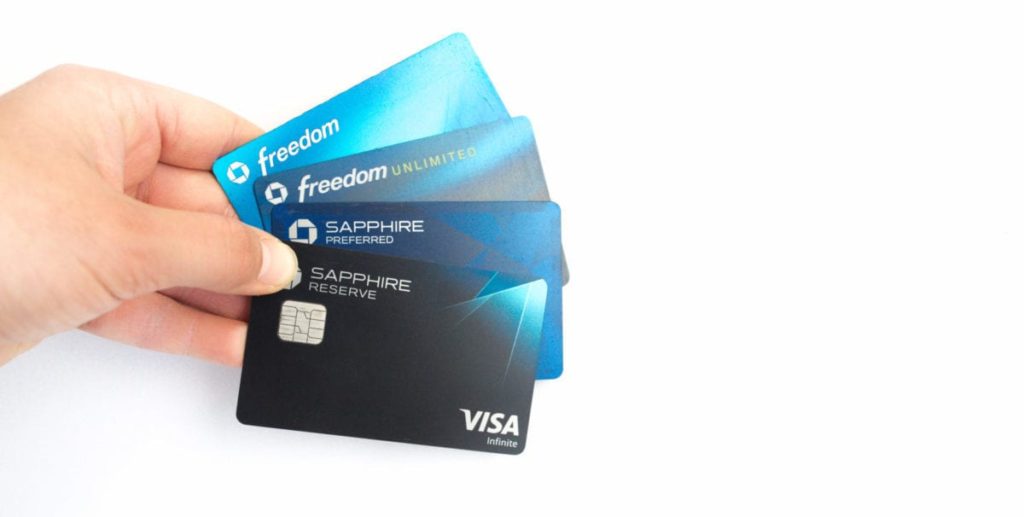Thinking about transferring your credit limit to Chase? Here’s all you need to know about the advantages and drawbacks of shifting your credit line. For some cardholders, a credit limit transfer can be incredibly advantageous.
You may be considering a credit line transfer for a variety of reasons. For example, if you plan to take a major trip this summer, booking your airfare and hotel accommodations on your Chase Freedom FlexSM may be your best option in terms of earning travel rewards.
But what if your Chase Freedom Flex credit limit isn’t sufficient to cover all of the trip’s costs.
What do you do then?
If you have another Chase card that you don’t use frequently, consider switching its credit line to the Chase Freedom Flex. You’ll have extra room on your Freedom Flex, and you’ll be able to take advantage of Chase Ultimate Rewards’ 5X cashback if you book your travel via them.
A credit line transfer comes with a few stipulations, the first of which is that you must have more than one Chase credit card.
If you find yourself in this situation, I’ll explain what a credit limit transfer is and how it can affect your credit score.
What is the definition of a credit line transfer?
A credit line transfer is exactly what it sounds like: it’s the process of moving a credit line from one card to another. Credit line transfers take place between two cards issued by the same company.
It’s crucial to understand that while a credit line transfer request is usually granted, it’s not guaranteed. The issuer approves and facilitates all credit line transfers at their discretion.
Balance transfer vs. credit line transfer
A credit line transfer may sound similar to a balance transfer, which is another credit management technique. The main distinction is that a credit line transfer involves changing available credit from one card to another within the same issuer.
A balance transfer, on the other hand, moves your credit card debt to a new card (usually with a different issuer) in order to pay off your debt faster.
Simply put, a credit line transfer involves shifting credit that you have access to but haven’t used, and a balance transfer involves transferring existing credit card debt to a new card.
The advantages of transferring your credit limit
When the rewards multipliers of one card outweigh the benefits of another, a credit line transfer can be advantageous.
In some circumstances, shifting your credit line allows you to spend more on the card with the best rewards rate without negatively influencing your credit score by canceling an account or changing your utilization ratio.
Factors that influence a FICO credit score
Consider these factors when transferring
Because you aren’t taking on a new line of credit, credit line transfers are usually a low-risk financial move. Because you won’t be canceling an account or changing your overall use, shifting credit from one line to another shouldn’t affect your credit score.
One disadvantage of transferring your credit line is that it may tempt you to overspend.
Consider moving credit to increase your spending on a travel rewards card. While you aren’t boosting your overall credit limit, shifting more money to one card rather than another may alter your spending habits.
Before moving a line of credit or making large expenditures, thoroughly consider your total budget.
How to Transfer a Line of Credit with Chase
Chase has a reputation for excellent customer service. To move your credit limit from one card to another, phone and chat with a customer service representative. You can request the transfer in writing over the phone, and your credit line will be transferred almost immediately.
You can also make the request by sending a message to Chase via its website or mobile app. If you’re sending a message rather than chatting with a customer service professional, make your message as clear as possible.
Include your name, the last four digits of the card you’re transferring credit from, and the last four digits of the card you’re transferring credit to. Note that getting a response via messenger can take anywhere from 24 to 48 hours.
Conclusion
The process of shifting your credit limit between Chase cards is quite straightforward. A credit line transfer should have little to no influence on your financial health and overall credit score if you are diligent with your spending and keep to a specified budget.


